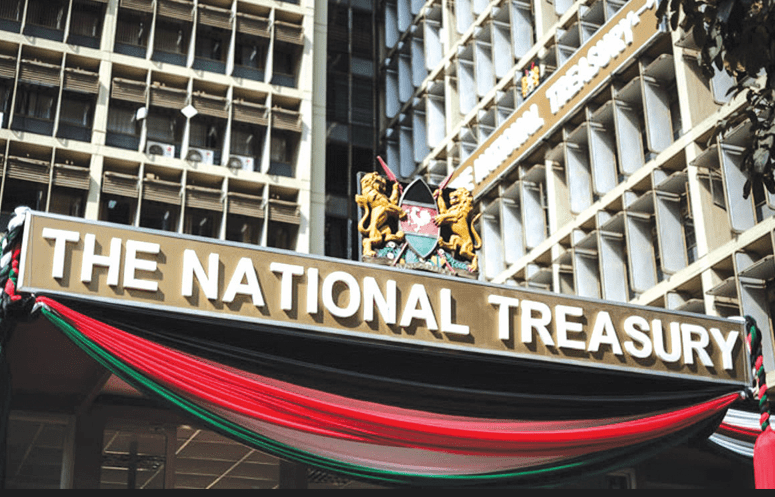Kenya loses Ksh800B annually to counterfeit goods, report shows

Kenya suffers an annual economic blow of roughly Ksh800 billion due to counterfeit goods, a Consumer-Level Survey Report 2025 reveals.
The staggering figure represents about 9 per cent of the total illicit trade, as outlined by the Anti-Counterfeit Authority (ACA).
According to the report, awareness of counterfeit goods among Kenyans has risen significantly, with 83.85 per cent of respondents now recognising such products—marking a 28.05 per cent increase from 2021 and 65.48 in 2024.
“The study was conducted to assess the awareness, experiences, and attitudes of consumers towards counterfeit goods in Kenya,” the report says.
Despite the growth in awareness, many consumers still struggle with product authenticity.
“While general awareness has improved, many consumers still struggle to distinguish between genuine and fake products,” the report says indicating that awareness doesn’t always equate to better purchasing decisions.

The survey spanned eight counties—Nairobi, Busia, Kisumu, Mombasa, Garissa, Machakos, Nyeri, and Nakuru—covering key regions across the country.
The Report was launched during the World Anti-Counterfeiting Day recommends for the agency to introduce a requirement for importers to declare their shipments from the point of origin.
It says the initiative is part of efforts to enhance the monitoring and regulation of counterfeit imports.
“This is not just about lost revenue. “It is about lives, jobs, and the integrity of our markets—especially in the case of counterfeit medical products, which he described as a ‘death sentence’.”
The study underscores the wider impact of counterfeit goods, noting their threat to consumer health and the viability of legitimate businesses.
Online business scams
Findings from the report reveals that the bulk of counterfeit transactions—about 60 percent—take place through informal street vendors, while 31.27 percent are conducted online. Jumia and Facebook emerged as the top platforms where counterfeit items are being distributed.
“Street vendors still dominate, but the tide is turning. The battleground is now the online market place,” It explaines.
It warnes that without reallocating efforts and resources to the online domain, the country risks losing the fight against counterfeiting before truly understanding its digital dimension.
When it comes to origin, China remains the chief source of both online and offline counterfeit goods. However, the report also identified Kenya and Uganda as significant contributors to the offline counterfeit trade, suggesting that domestic production and distribution are part of the challenge.
As for why people buy counterfeit products, affordability remains the primary motivator.
“Kenya is a country of affordability. “People often buy what is available and affordable, even if it is not authentic.”
To address the issue effectively, the study advocates for evidence-based policymaking and stronger consumer education, particularly targeting digital platforms.
“The way forward must be scientific, targeted, and data-driven. We cannot fight a dynamic problem like counterfeiting with outdated tools,” it asserts.















